Forums
- Forums
- Duggy's Reference Hangar
- RAF Library
- Gloster F.5/34
Gloster F.5/34
Post a reply
- Go to Previous topic
- Go to Next topic
- Go to Welcome
- Go to Introduce Yourself
- Go to General Discussion
- Go to Screenshots, Images and Videos
- Go to Off topic
- Go to Works in Progress
- Go to Skinning Tips / Tutorials
- Go to Skin Requests
- Go to IJAAF Library
- Go to Luftwaffe Library
- Go to RAF Library
- Go to USAAF / USN Library
- Go to Misc Library
- Go to The Ops Room
- Go to Made in Germany
- Go to Campaigns and Missions
- Go to Works in Progress
- Go to Juri's Air-Raid Shelter
- Go to Campaigns and Missions
- Go to Works in Progress
- Go to Skinpacks
- Go to External Projects Discussion
- Go to Books & Resources
-
5 years agoFri Nov 05 2021, 11:15amDuggy
 Main AdminDesign and development
Main AdminDesign and development
The F.5/34 was the first monoplane fighter built by Gloster and the last design by H.P. Folland for the company.It was also Gloster's first monoplane that was not a seaplane.
The first design was based on a low-wing monoplane version of the Gladiator, probably retaining the fabric covering, and with the vertical fin and full-height rudder behind the tailplane, as for the Gladiator. The engine was to be the new Bristol Perseus sleeve-valve radial. The cockpit was semi-enclosed, with open sides and a spine behind it. The undercarriage retracted backwards and left the wheels half-exposed, which would reduce damage in the event of a wheels-up landing.
By 1935, the design had changed and had acquired a number of more modern features such as a metal stressed-skin fuselage throughout. The cockpit canopy was now a glazed and framed canopy like that of the production Gladiator which slid backwards to open, giving much better vision above and behind. Although the main dimensions remained unchanged, the tailplane moved backwards behind the fin, requiring an extension of the fuselage beyond it and increasing the overall length by 3 feet. This was an innovation developed for the F.35/35 high-speed fighter specification. The intention was to improve spin recovery, by having the fin and rudder in 'clean' air, ahead of the tailplane.
The engine also changed, at least for the prototype aircraft, to the older Bristol Mercury poppet-valve engine. The Perseus had been developed with identical cylinder dimensions to the Mercury and was only a little larger, making the change an easy one. The Perseus was still under development and although it was likely that the sleeve valve would, and later did, give much greater scope for development, the Mercury was acceptable for development of the prototype airframe with the Perseus restored later.
Powered by an 840 hp Bristol Mercury IX nine-cylinder radial engine, the F.5/34, was informally called the Unnamed Fighter, featured many of the trademark Gloster design elements including the tail and close-fitting cowling that resembled the earlier Gauntlet and Gladiator biplane fighters. The low wing cantilever mainplane was built in one piece with light-alloy spars running through from tip to tip and ribs made from channelling with steel and light-alloy tube struts. NACA 2218 profiles were used at the root and NACA 2209 at the tip. The single piece wing was later criticised as it would have prevented battle damage being repaired by replacing a single wing. Duralumin stressed-skin was used on the mainplane and tail unit with fabric-covered Frise ailerons. The fuselage was a monocoque structure built up from light, fabricated oval-section rings with duralumin skinning.
Unlike the usual practice and the single prototypes ordered for the Spitfire and Hurricane, a pair were ordered. Development was delayed by the demands of the Gladiator production programme, so that flight trials of the first prototype K5604 did not commence until December 1936. The second prototype K8089 did not fly until March 1938.
Testing
In competition with the Gloster for the requirement were the Bristol Type 146, Martin-Baker M.B.2 and the Vickers Venom, which would be tested by the Aeroplane and Armament Experimental Establishment. Flight magazine (1 July 1937) shows the F.5/34 taking off from Hucclecote Aerodrome and mentions its appearance at the RAF Display of that year. By the time the F.5/34 began its flight tests, the eight-gun Hawker Hurricane was in service and the Supermarine Spitfire in production so that further development of the Gloster fighter was abandoned. Compared to its contemporaries, test pilots found the F.5/34 prototypes had a shorter take off run, offered better initial climb and were more responsive and manoeuvrable due to ailerons that did not become excessively heavy at high speed. Handling was considered very good and the all-round cockpit visibility was far better than the other designs. The Gloster F.5/34 debuted at the 1937 Hendon Air Show but soon after, prototypes K5604 and K8089 were relegated to experimental flying and finally as instructional airframes until May 1941. A belief exists that the F.5/34 was the inspiration for the Japanese Zero, probably stemming from a superficial similarity between the two machines and Gloster's past links with the Japanese such as the Nakajima A1N, a licensed development of Gloster Gambet.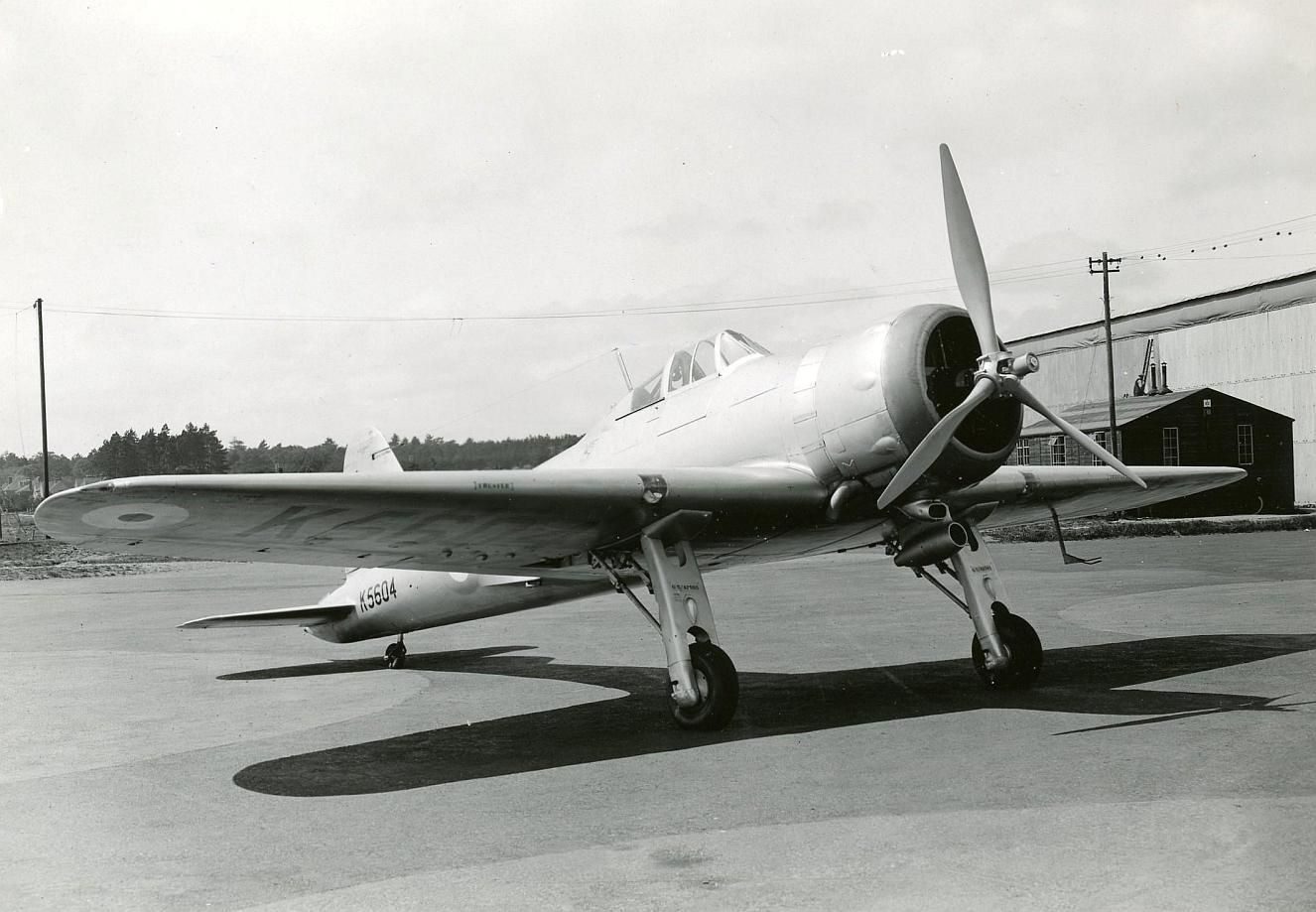
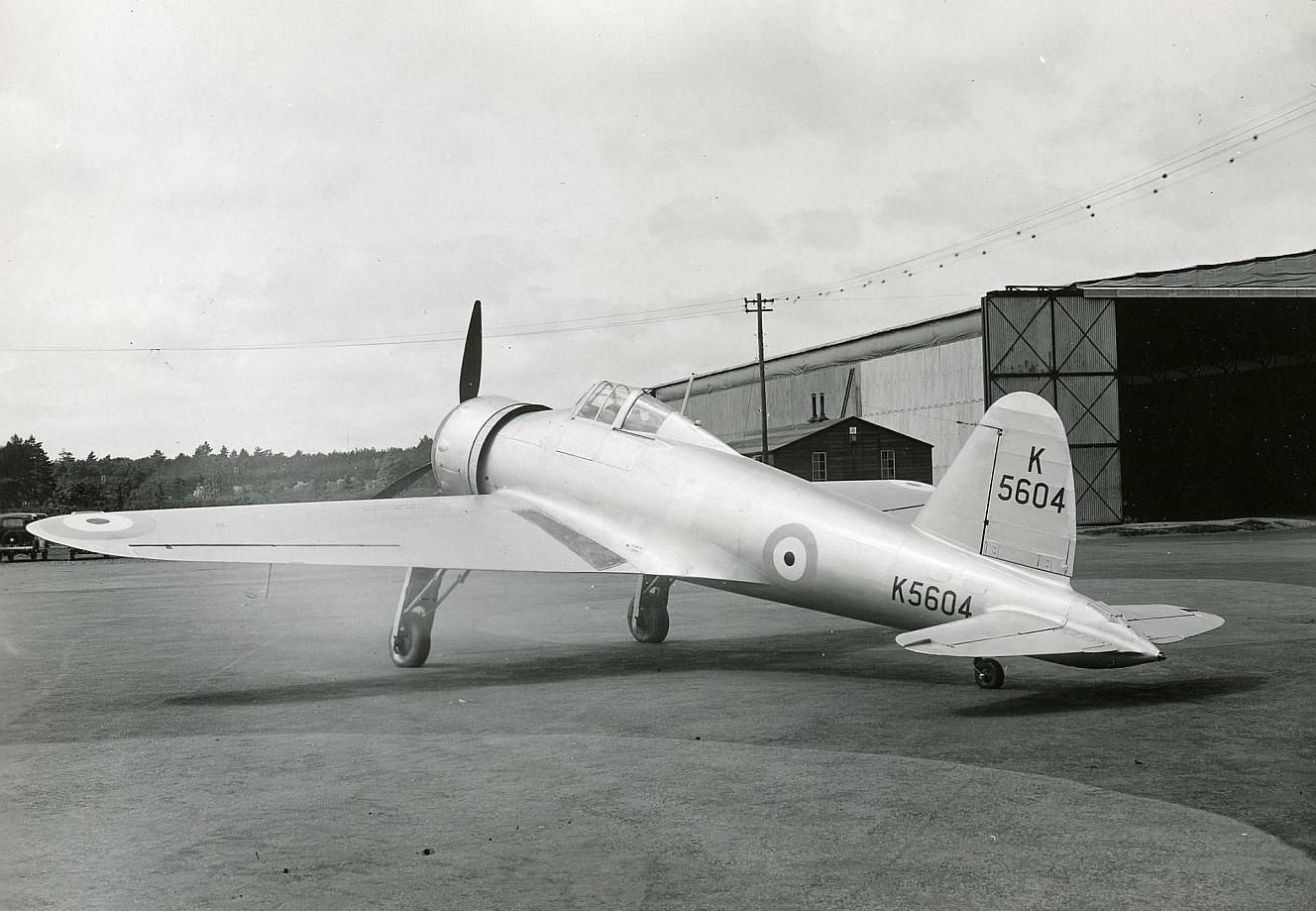
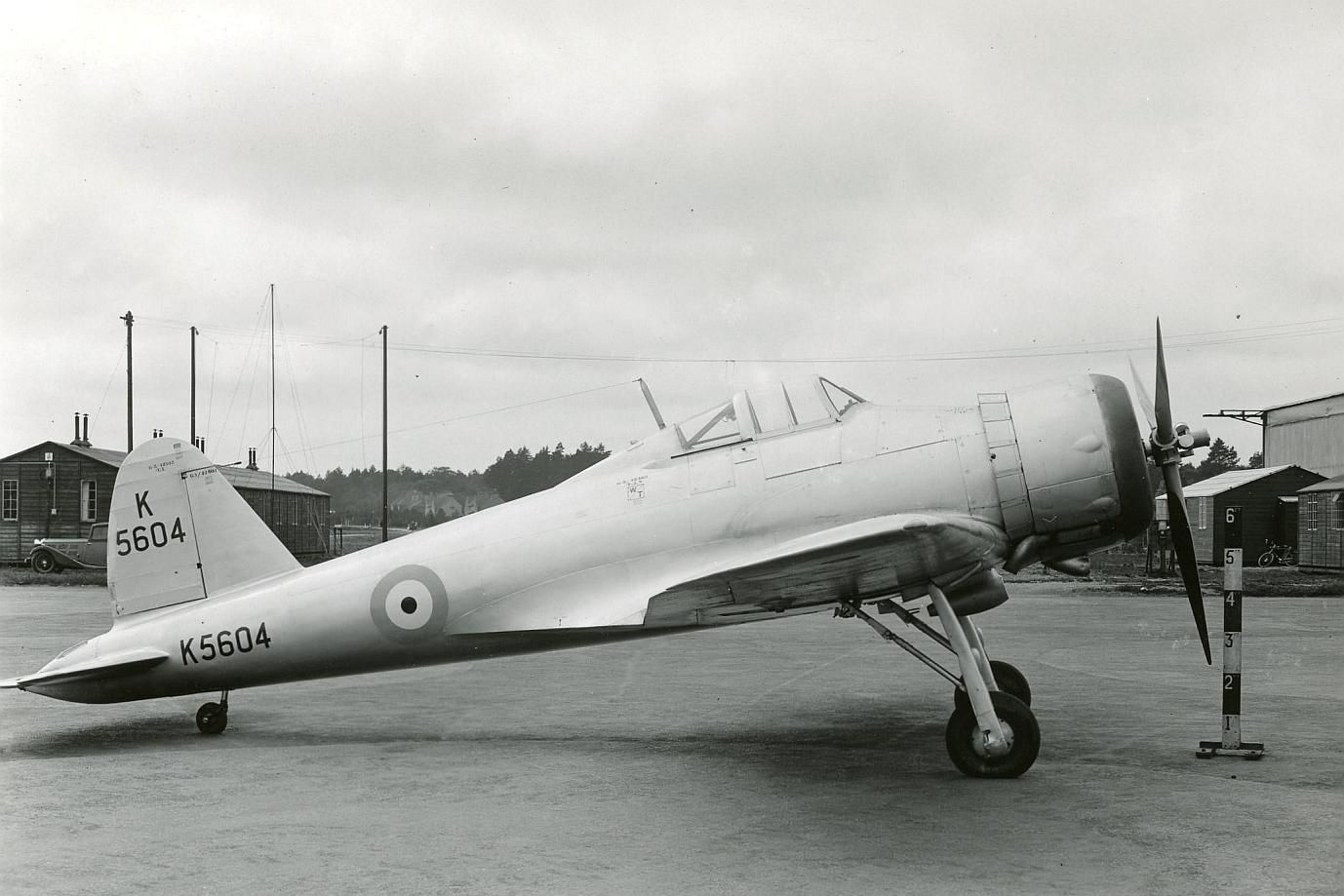
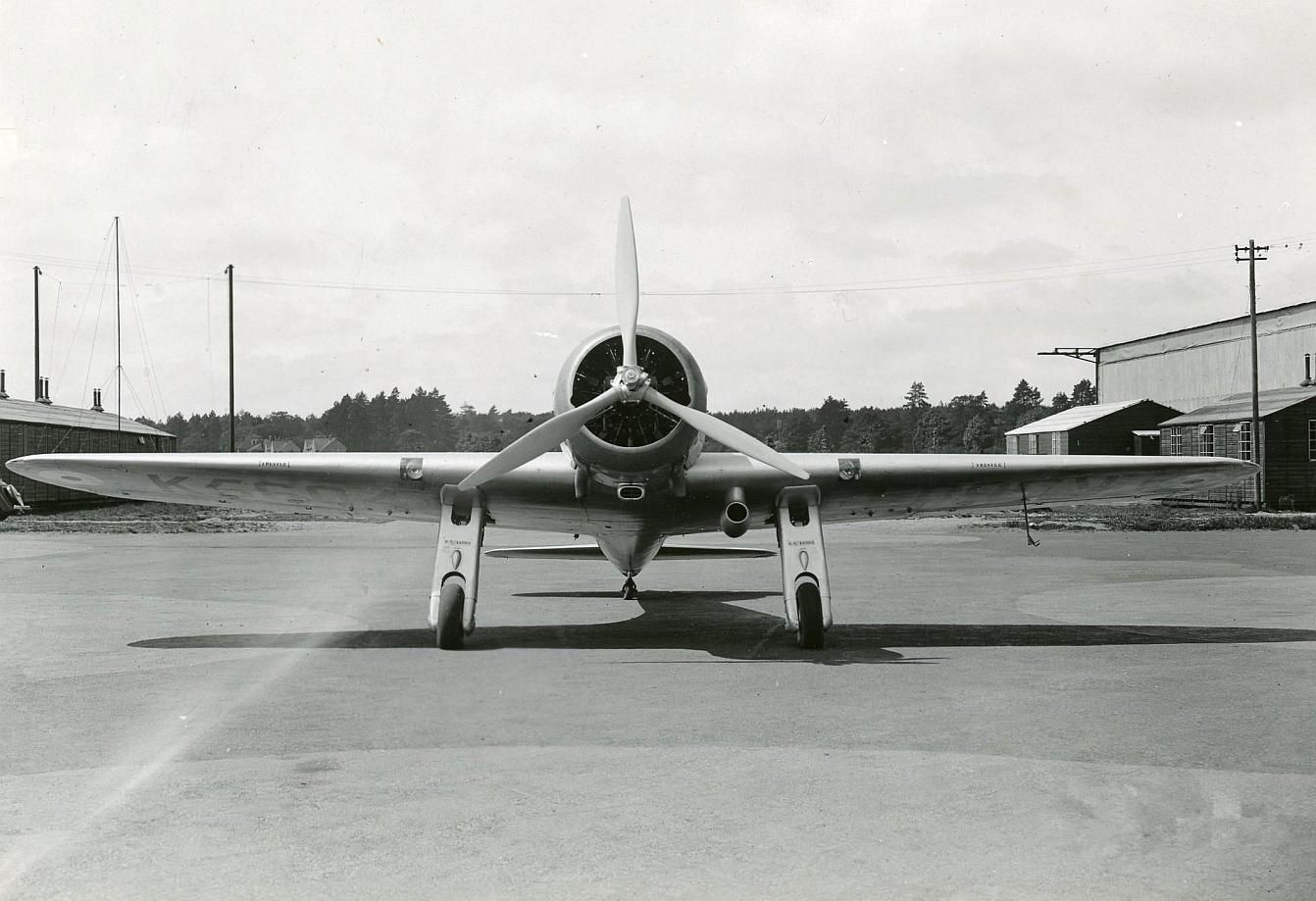
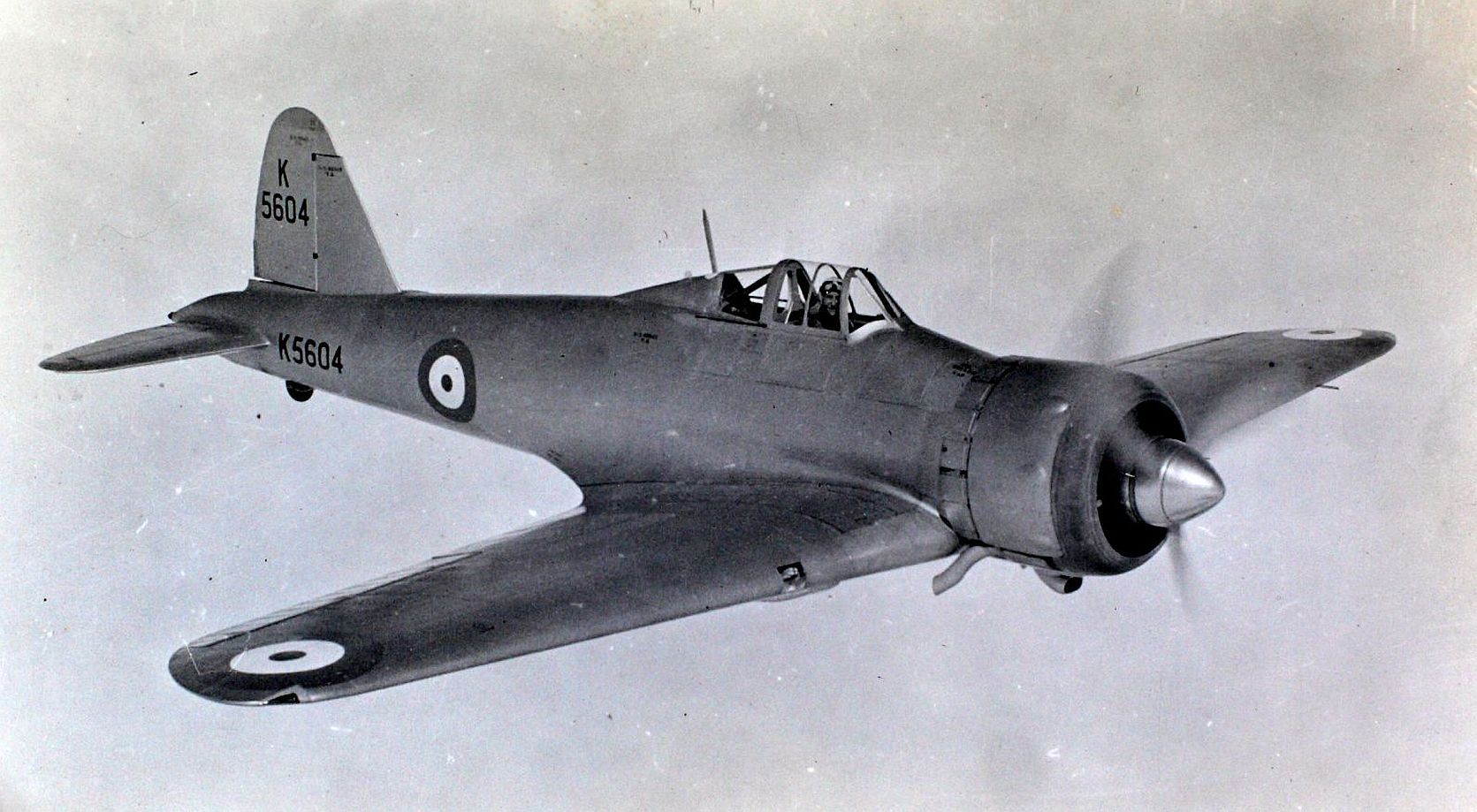
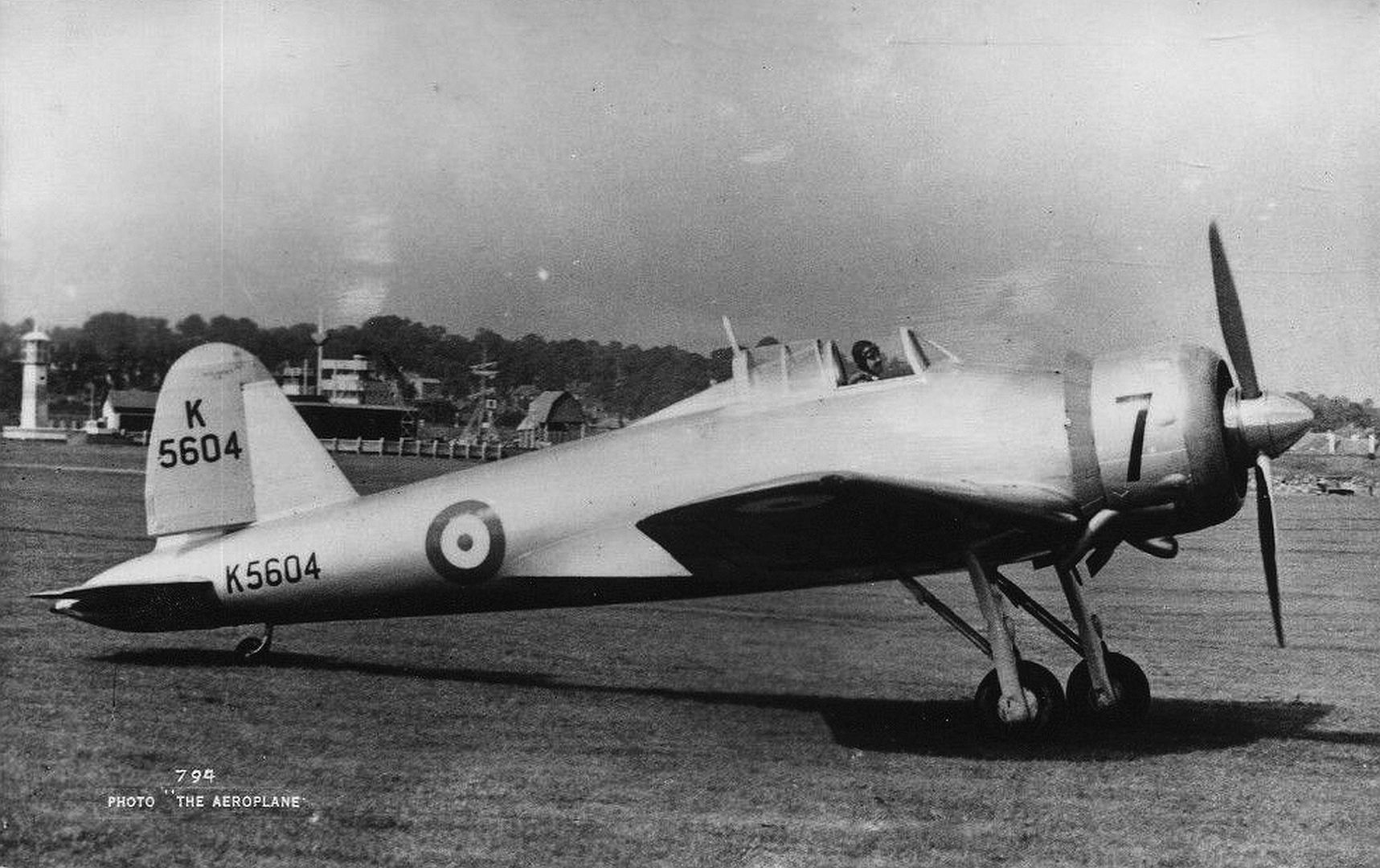
Specifications (F.5/34)
General characteristics
Crew: 1
Length: 32 ft (9.76 m)
Wingspan: 38 ft 2 in (11.63 m)
Height: 10 ft 2 in (3.09 m)
Wing area: 230 ft2 (21.4 m2)
Empty weight: 4,190 lb (1,900 kg)
Loaded weight: 5,400 lb (2,449 kg)
Powerplant: 1 ? Bristol Mercury IX nine-cylinder radial engine, 840 hp (627 kW)
Performance
Maximum speed: 275 knots (316 mph, 509 km/h) at 16,000 ft (4,875 m)
Service ceiling: 32,500 ft[10] (9,910 m)
Wing loading: 23.5 lb/ft2 (88.8 kg/m2)
Power/mass: 0.156 hp/lb (0.256 kW/kg)
Time to 20,000 ft (6,100 m): 11 min
Armament
Guns: Eight 0.303-in (7.7-mm) Browning machine guns
Post a reply
- Go to Previous topic
- Go to Next topic
- Go to Welcome
- Go to Introduce Yourself
- Go to General Discussion
- Go to Screenshots, Images and Videos
- Go to Off topic
- Go to Works in Progress
- Go to Skinning Tips / Tutorials
- Go to Skin Requests
- Go to IJAAF Library
- Go to Luftwaffe Library
- Go to RAF Library
- Go to USAAF / USN Library
- Go to Misc Library
- Go to The Ops Room
- Go to Made in Germany
- Go to Campaigns and Missions
- Go to Works in Progress
- Go to Juri's Air-Raid Shelter
- Go to Campaigns and Missions
- Go to Works in Progress
- Go to Skinpacks
- Go to External Projects Discussion
- Go to Books & Resources
